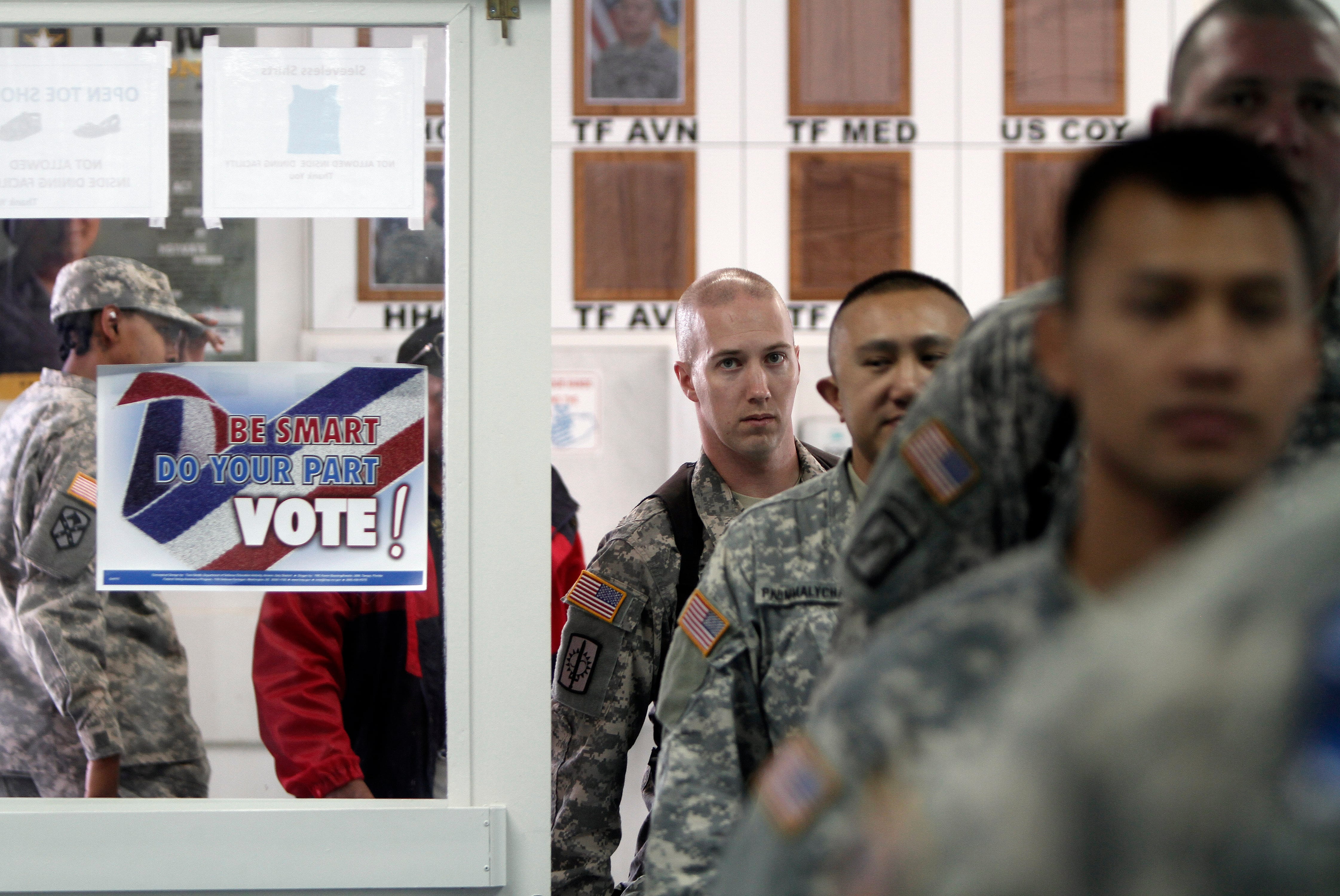The Corps is pumping more money into its fleet of small tactical drones than it has in the past two years combined, according to budget documents.
In fiscal year 2020, the Corps is planning to drop nearly $34.7 million dollars on tactical drones ― that’s more than double the past two years combined of roughly $14 million, Navy budget request documents detail.
That pot of money will be invested into the next generation of group 1 and group 2 drones that will vary in distances and endurances and will aid the Corps at tactical levels from the battalion level down to the squad.
The Corps’ current fleet of tactical drones consist of the RQ-12 Wasp, RQ-11 Raven, RQ-20 Puma and a number of vertical lift quadcopters like the Instant Eye.
RELATED

“They continue to be planned as the current solutions for Group 1 and Group 2 capability needs while both Navy and Marine Corps finalize the transition of revised requirements to address Intelligence, Surveillance, and Reconnaissance (ISR) Capability Set via a new Capability Development Document (CDD),” the fiscal 2020 Navy budget document reads.
The Corps says it’s now looking at capabilities-based platforms in lieu of specific drone aircraft as it prepares to modernize its small tactical drone fleet with the latest technology and enhancements.
Those capabilities include drones that are short range/short endurance, medium range/medium endurance and long range/long endurance.
The revised capabilities needs shall “incorporate unique mission kits, mission payloads, air vehicle enhancements, and modifications,” the budget document reads.
Ranges and endurance levels for the revised tactical drone needs were not outlined in the budget document, but the Corps’ group 1 and 2 drone fleet generally have flight endurance ranges of 60 minutes to 2.5 hours.
The small Instant Eye quadcopter drones dished out to the rifle squads only weigh about a pound and have a shorter range and a roughly 30 minute flight endurance.
So what’s the Corps buying with its $34 million request?
About $7.4 million is slated for 190 of the next generation short range vertical take-off and landing, or VTOL, drones. Though the Corps says the actual quantity of the drones listed in the budget request is notional at this point and will be based on fleet needs.
These drones “will provide dispersed Marine Corps units (Companies, Platoons, and Squads) an organic capability to operate in combat zones with significant vertical obstructions such as urban, jungle, and rugged terrains,” the budget request says.
Another $12.9 million will go toward 40 short range/short endurance drones, formerly known as the RQ-12 Wasp. The budget request also noted that this capability will include a VTOL variant in fiscal year 2020.
And $13.9 million will procure 42 long range/long endurance drones, formerly known as the RQ-20B Puma, which will have various enhancements to include a new camera/sensor.
Finally, just under $1 million dollars is slated for the Single Operator Man-Portable Ground Control System/Target Handoff System. The ground control system will increase battlefield situational awareness while reducing the manpower needed to operate tactical drones.
Shawn Snow is the senior reporter for Marine Corps Times and a Marine Corps veteran.




